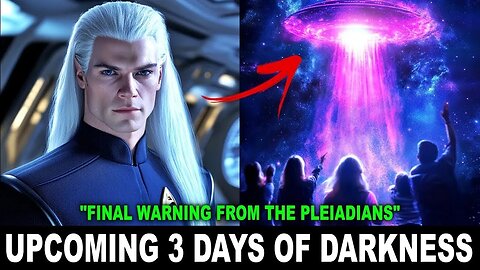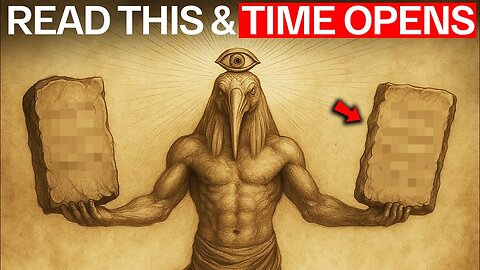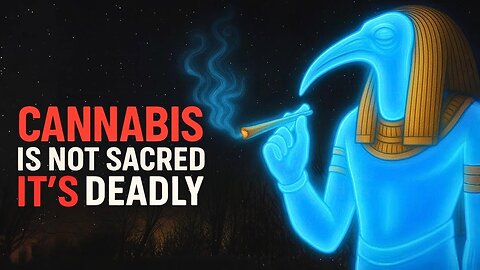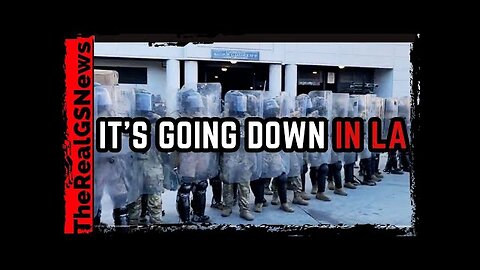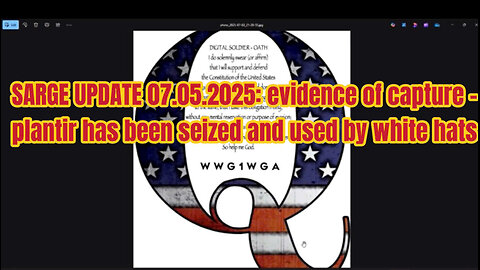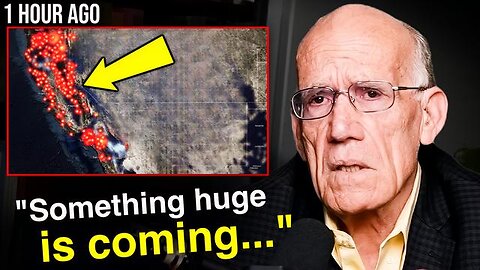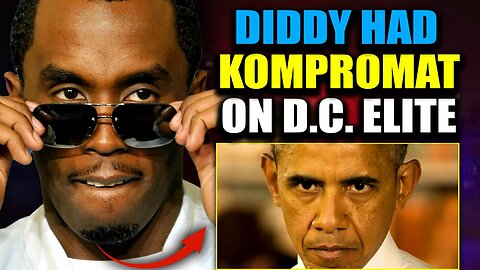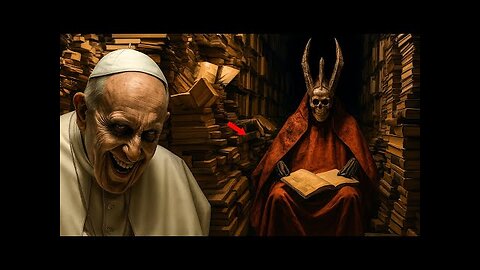Rachel Dolezal, Alice Jones' Nipples, the Rhinelander Fortune, and Racist White Fire Fighters Who Tried to Pass for 'Black'

We are in week 3 of the annual June fundraiser for ChaunceyDeVega.com and WARN.
And I have also been finishing up an essay on the peculiar case of Rachel Dolezal.
I am not very kind to Rachel Dolezal. I chose to speak the truth about her racial con game and made my best effort to provide some context for her most offensive act of racial tourism.
Race may be a “social construct”. But the colorline–and who is considered “white” and those considered “non-white” in the United States has a deep, long, and ugly history. Those boundaries have been policed by the law, enforced by violence, and as Ian Haney Lopez notes in the brilliant book White by Law (another complement read is Cheryl Harris’s widely cited 2001 Harvard Law Review article Whiteness as Property) white racial group membership is a type of property with economic value that has been widely litigated in America’s courtrooms.
While too much energy has already been spent on the Rachel Dolezal racial tragicomedy, one of the most important aspects of “passing” and its many variants (white to black; black to white; brown to black; black to brown; white to something else; Martian to human)–the relationship between race and the law–has been little commented upon by the mainstream pundit classes.
Legal scholar Randall Kennedy’s 2001 Ohio Law Review article “Racial Passing” is an essential and highly informative survey of the law and racial passing in the United States.
It is wonderful writing that contains moments of great wit and storytelling.
Here is a great gem (of despicable behavior) about a scandalous case among turn of the 20th century New York City high society types in which the black body, intimate knowledge, and the color of a woman’s nipples, were introduced as a type of evidence “proving” racial group membership:
The most sensational case arising from an alleged effort to pass was the lawsuit that pitted Alice Jones against Leonard Kip Rhinelander.[44] Jones was the daughter of a white mother and a black father, a couple of modest means. The Rhinelanders, by contrast, traveled in the highest circles of white, wealthy New York Society; Kip stood to inherit millions from his parents’ estate. When they learned that their son had married a colored waitress, they insisted that he put an end to the relationship. Buckling to their demands six weeks into his marriage, he sought an annulment on November 27, 1924, claiming that Alice had deceived him about her race. Initially he alleged that she had tricked him by stating falsely that she was white. Later he alleged that she had tricked him not by outright falsehood but, more subtly, by silently but knowingly taking advantage of his mistaken belief that she was white.
Alice Jones’s defense put the legal proceedings on the front pages of the New York dailies for weeks. Her defense was that he could not have been ignorant about her racial identity because, in terms of her physiognomy, he knew everything there was to know about her. She argued that he could not rightly claim to have been hoodwinked because he had, so to speak, been under the hood. To support this argument, Alice’s attorneys put into evidence two dramatic items. The first was correspondence that clearly indicated that she and Kip had had extensive sexual relations prior to their marriage. The other was Alice herself: her attorney obtained permission for Alice to disrobe and show herself behind closed doors to the all-male, all-white jury. The purpose in doing so was to show the jurors that there were aspects of her physiognomy, including her nipples, that would have put Rhinelander on notice about her race.
In his summation to the jury, Jones’s attorney stressed that Rhinelander had had “unlimited opportunities to look [at her body].”[45] The lawyer went on to say: I let you gentlemen look at a portion of what he saw. You saw Alice’s back above the bust. You saw her breast. You saw a portion of her upper leg. He saw all of her body. And you are going to tell me that he never suspected that she had colored blood! . . . You saw that with your own eyes . . . that colored blood was coursing through her veins. [46] The attorney for Rhinelander made an all-out plea for the jury simply to register its disgust with inter-racial marriage. “There isn’t a father among you,” he declared, “who would not rather see his son in his casket than to see him wedded to a mulatto woman.” The jury found in Jones’s favor.
In 1975, white firefighters tried to hustle America’s racial bureaucracy in order to steal some of the very marginal material resources offered to African-Americans because of the State’s long-standing racist hiring practices that gave opportunities to whites and denied them to people of color:
Another hotly contested passing dispute involved Paul and Phillip Malone who applied for jobs as firefighters in Boston in 1975.[198] On their applications, they identified themselves as white. They were rejected. Two years later they re-applied. This time they indicated that they were black—a “fact” that undoubtedly enhanced their applications since the fire department was under a court-ordered affirmative action plan imposed to remedy a long history of anti-black racial exclusion. The Fire Department selected them.
A decade later, when one of the Malones sought a promotion, someone told fire department officials that the brothers were racial imposters. In their defense, the Malone brothers insisted that they were black—that after their initial rejection by the fire department, they had discovered that their maternal great-grandmother was a Negro woman.
The personnel administrator for the Commonwealth of Massachusetts declared that the Malones could support their claim that they were black: (1) by visual observation of their features; (2) by appropriate documentary evidence, such as birth certificates, establishing black ancestry; or (3) by evidence that they or their families hold themselves out to be Black and are considered to be Black in the community.[199] The personnel administrator also determined that the Malones would be entitled to a favorable ruling “even in the absence of meeting the standard [for racial classification], if [it were found] that Phil and Paul Malone acted in good faith.”[200] The administrator concluded that the Malone Brother’s were not black and that they made their claim of blackness in bad faith. The officer who presided over the Malone brothers’ hearing found that they did not appear to be black.
She also found that there existed no convincing documentary evidence linking them to even remote black ancestry. White is the racial designation stamped on the birth certificates of the men, their parents, and their parents’ parents. As for the maternal great-grandmother whom the Malone brothers described as a black women, the hearing officer deemed their alleged photograph of her to be inconclusive. In addition, the hearing officer found no evidence that the Malones had ever identified themselves as black except for purposes of seeking to benefit from the affirmative action program.[201] Against this backdrop, the personnel administrator concluded that the Malone brothers failed to meet an “objective” standard of blackness and, further, that they did not believe in good faith that they were black when they applied for their positions as African Americans. Justice Herbert P. Wilkins of the Massachusetts Supreme Judicial Court affirmed the administrator’s reasoning and ruling.
Rachel Dolezal is the cause celebre of the moment in America’s centuries-long theater of racial absurdity. She is part of a long tradition of controversy about “racial passing”. While we shake our heads in consternation at Rachel Dolezal’s con job, one must not forget that questions of race and racial group membership are serious matters, matters that have for most of America’s history been the stuff of life and death, wealth and poverty, and defined who was free and thus not subjected to wanton and arbitrary violence, and deemed others–people of color and other “non-whites”–outside of such protection in civil society and the public sphere.
Source: http://www.chaunceydevega.com/2015/06/rachel-dolezal-alice-jones-nipples.html






















